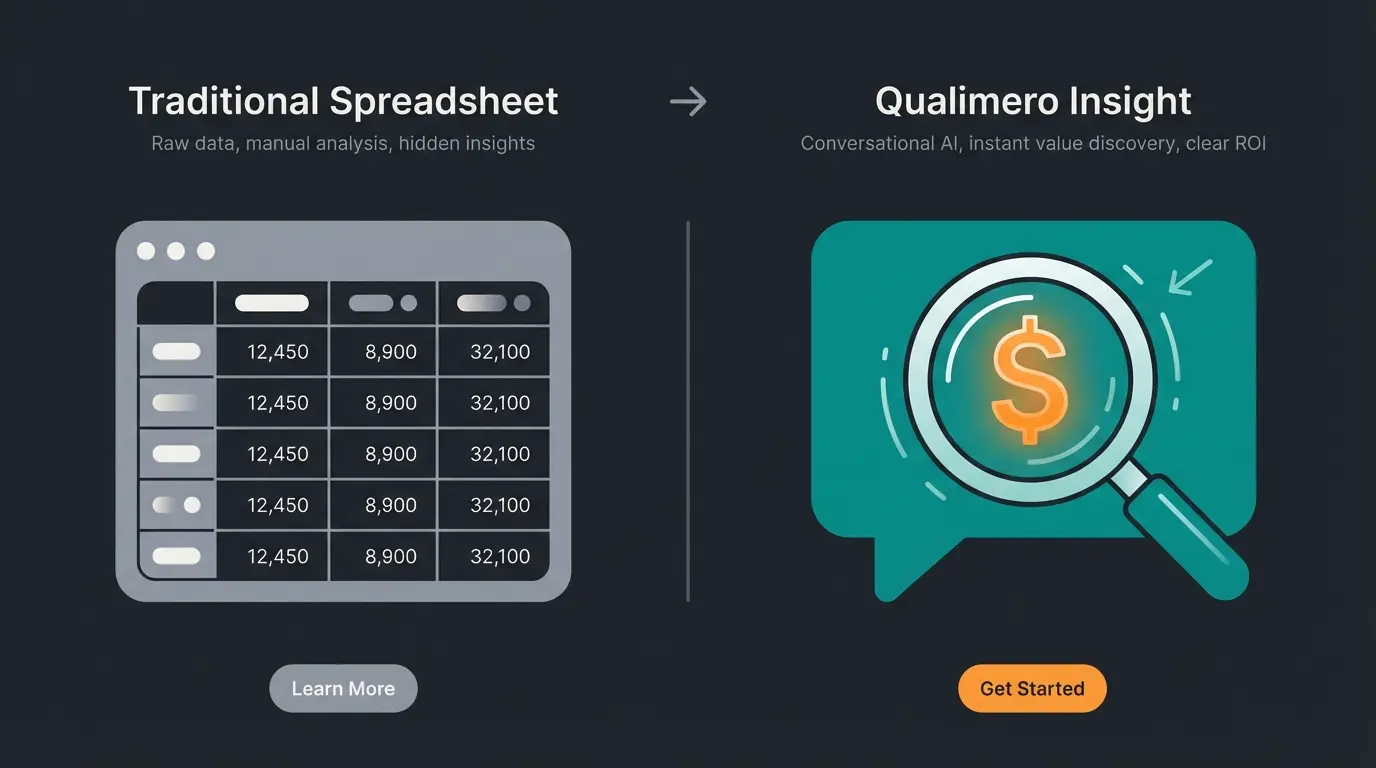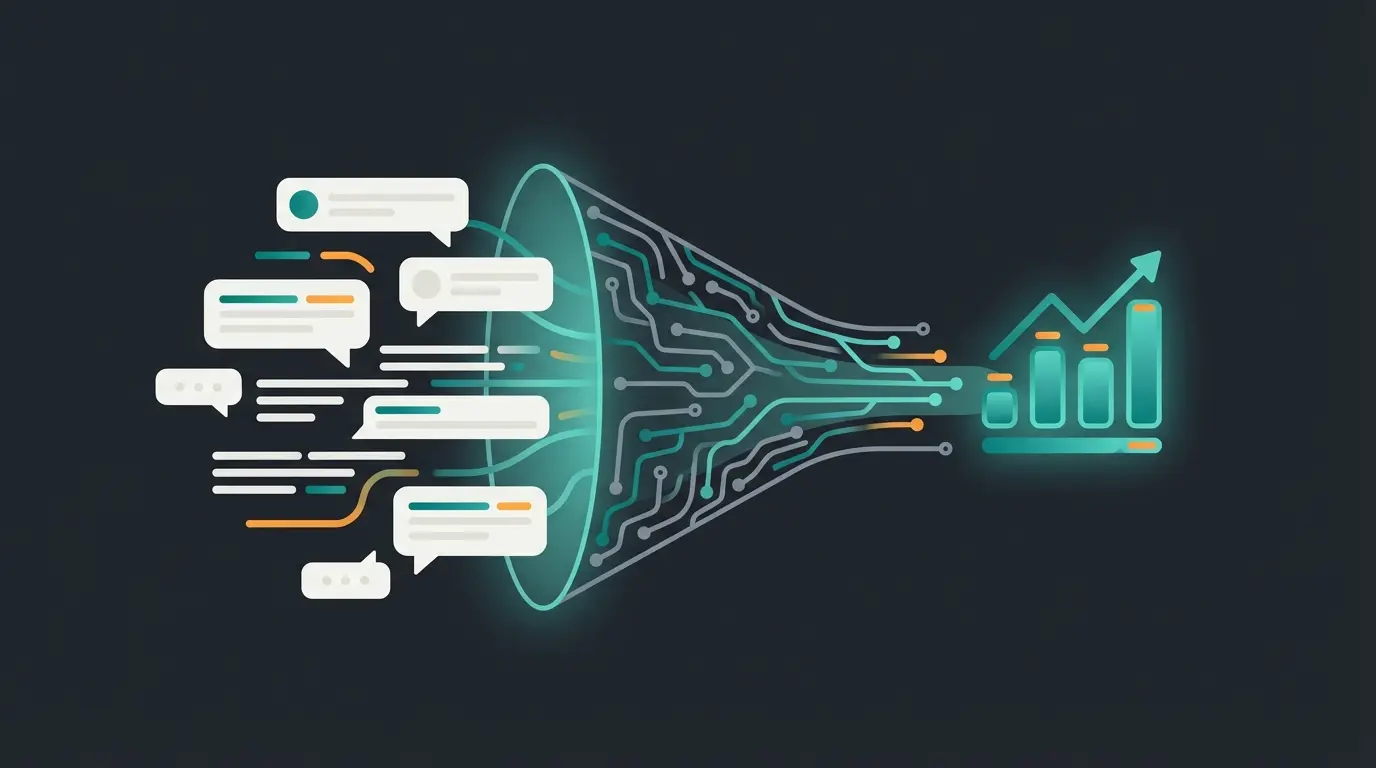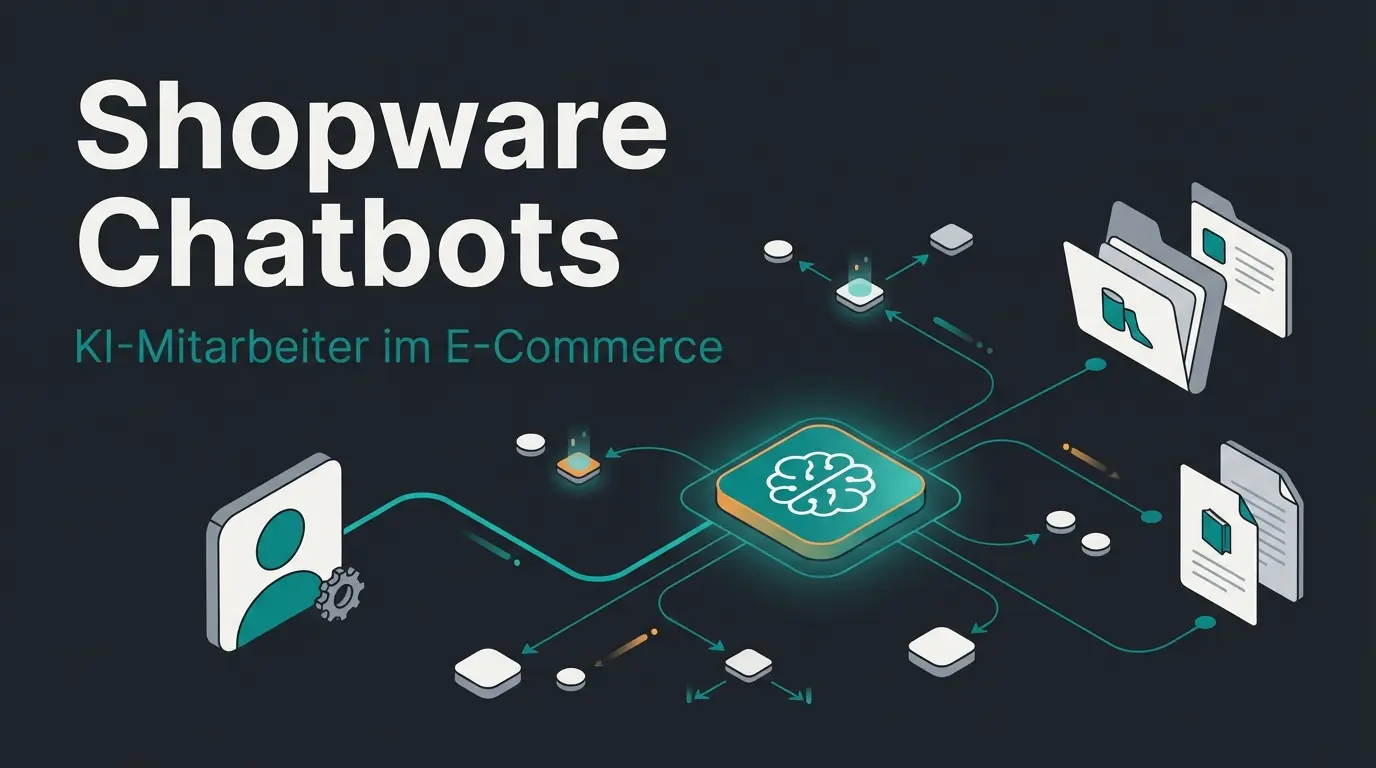Introduction
AI-supported sales forecasting is evolving into a decisive tool for modern enterprises. According to current statistics, 12% of companies are already utilizing AI technologies, with large enterprises leading the way at a 35% usage rate. However, the implementation of AI systems for sales forecasting shows particularly impressive results: companies are achieving efficiency increases of up to 87% in their sales planning.
The latest developments in AI selling demonstrate that Predictive Analytics and Machine Learning in sales are no longer just future concepts. While traditional AI systems analyze sales data, customer behavior, and market trends in real-time, a new paradigm is emerging: Conversation Intelligence.
Integrating AI sales forecasts leads to measurable improvements: reducing forecast errors by an average of 45%, optimizing inventory management by 30%, and increasing sales efficiency by up to 87%. These figures prove the immense potential of AI-supported sales optimization, provided you look at the right data.
What is AI-Supported Sales Forecasting? (Definition)
To understand the future of forecasting, we must first define the baseline. Traditionally, AI sales forecasting relies on historical data and static models. It uses dynamic algorithms that continuously adapt to new quantitative data.
According to current sales analytics studies, the technical foundation of modern AI forecasts is based on three main pillars:
- Historical Data: Automated collection of past sales revenue (What everyone else does).
- Market Data: Seasonality and trends.
- Interaction Data (The Hidden Champion): Understanding what the customer actually asks during a consultation.
CRM Data vs. Consultation AI: A Comparison
The biggest gap in current forecasting strategies is the reliance on "lagging indicators." CRM data only updates after a meeting has occurred. Consultation AI, however, offers a "leading indicator" by analyzing real-time intent signals during the chat or call. Here is how they compare:
| Feature | Classic Predictive Analytics | Consultation-Based AI |
|---|---|---|
| Data Source | Historical CRM Numbers (Win rates, Deal size) | Live Conversation Data (Voice, Chat, Email) |
| Timing | Lagging (Updates after the call) | Leading (Real-time intent signals) |
| Insight Type | Probability % based on frequency | Reasoning based on context & sentiment |
| Blind Spot | Cannot see why a deal is stalling | Identifies objections immediately |

How AI Predicts Revenue from Conversations
While machine learning models like LSTM (Long Short-Term Memory) and ARIMA are the mathematical engines, the fuel is now different. Instead of just feeding them numbers, we feed them semantic data.
A standard bot answers FAQs. A Sales AI analyzes that the customer asked about 'Enterprise Security' and flags this as a high-value opportunity, automatically adjusting the forecast probability upward. This qualitative data is the missing link in 99% of forecasts.
The Red Flag / Green Flag Checklist
AI models scan consultation transcripts for specific signals that correlate with closing a deal. Here is the anatomy of a forecast signal:
- Green Flags (High Purchase Probability): Specific questions about implementation timelines, requests for API documentation, questions about pricing tiers vs. features.
- Red Flags (Low Purchase Probability): Generic one-word answers, asking only about 'free' versions, vague timelines ('maybe next quarter').
User asks: 'Does this integrate with SAP?'
System recognizes 'SAP' as an Enterprise-tier keyword.
Deal Probability increased by 20%; tagged as 'High Value'.
A study by the Digital Center Berlin shows that German companies were able to improve their forecast accuracy by an average of 35% by using such advanced AI algorithms.
Benefits of AI in Product Consulting for Forecasting
Moving beyond simple number crunching brings specific strategic advantages:
- Early Warning System: Identify trends before they hit the CRM. If customers start asking about a competitor's feature in chats, the AI flags a potential market shift immediately.
- Better Qualification: Filter leads before they even enter the forecast pipeline. If the conversation quality is low, the AI prevents the 'bloated pipeline' effect.
- Objectivity: It removes 'sales rep optimism' bias. The AI judges the probability based on what was said, not what the sales rep hopes will happen.
Industry-Specific Use Cases
AI-supported sales forecasting offers significant advantages across various sectors. For example, a mechanical engineering company from Stuttgart was able to increase its sales efficiency by 45% through AI forecasts.
B2B Sales with AI Forecasts
Industrial companies use AI sales forecasts particularly effectively. By analyzing historical sales data alongside consultation transcripts, they calculate purchase probabilities with higher precision. These forecasts help in targeting existing customers and identifying cross-selling potentials based on conversational context.
E-Commerce Optimization
Online retailers benefit from AI-supported sales forecasts through automated inventory optimization and personalized product recommendations. AI-supported product consultation demonstrably increases the conversion rate by up to 28%. A leading German online retailer was able to reduce its storage costs by 32% through precise sales predictions derived from chat interactions.
Production Planning with AI
Manufacturing companies use AI sales forecasts for demand-driven production planning. The algorithms consider seasonality, market developments, and customer orders. A medium-sized food company optimized its production utilization by 23% through AI-based sales forecasts.
See how our AI analyzes your customer consultations to predict revenue with 99% accuracy.
Start Free TrialMeasurement, Optimization, and ROI
Implementing AI sales forecasts requires investment in technology and know-how. A sound ROI analysis helps in evaluating economic efficiency. According to current studies by the Federal Statistical Office, companies achieve efficiency increases of 25-35% on average through AI systems.
Achieved after 12 months
Time to recover investment
Increase in sales planning efficiency
Key KPIs for Forecast Quality
To ensure your "Consultation AI" is working, monitor these specific KPIs:
- Forecast Error (MAPE): Measures the average percentage deviation between the prediction and the actual sales result.
- Signal Accuracy: The correlation between specific conversation keywords (e.g., "Pricing") and closed deals.
- Bias: Systematic over- or underestimation of sales figures.
- Reaction Time: The speed at which the model adapts to changed market conditions or new objection patterns.
Implementation and Compliance
The successful integration of an AI solution in medium-sized businesses requires a seamless connection with existing systems. CRM systems, ERP software, and inventory management systems must be able to communicate with the conversational AI layer.
Crucially, when implementing AI systems for sales forecasts, companies must adhere to legal frameworks. The national AI strategy guidelines provide clear specifications for handling customer data. AI-supported systems require careful documentation of data processing, including storage, processing, and deletion of information in accordance with GDPR requirements.
Conclusion: The Future of Sales Forecasting is Conversational
Technological development opens up new possibilities for even more accurate predictions. The future isn't just about better spreadsheets; it's about listening to your customers at scale. By integrating Sales Analytics, companies can transform every conversation into a data point for future success.
Don't just write another report based on last month's numbers. Start analyzing the product consultation itself—it is the secret sauce for 99% accuracy.

Standard CRM AI looks at metadata (when was the email sent?), while Consultation AI analyzes the content (what was said?). This allows for sentiment analysis and intent detection, which are often leading indicators of a sale.
Yes, provided the chosen solution adheres to strict data processing agreements. In Germany, systems must ensure data is processed transparently and that customer data handling meets the requirements of the DSGVO/GDPR.
No. AI acts as a 'co-pilot' that provides objective data to remove gut feeling. Sales managers are still needed to interpret complex strategic context and manage relationships.
Most medium-sized enterprises see a return on investment within 4 to 6 months, with efficiency gains continuing to grow as the AI model learns from more data.
Integrate AI into your consultation process today and increase forecast accuracy by up to 35%.
Get Your Forecast Analysis
